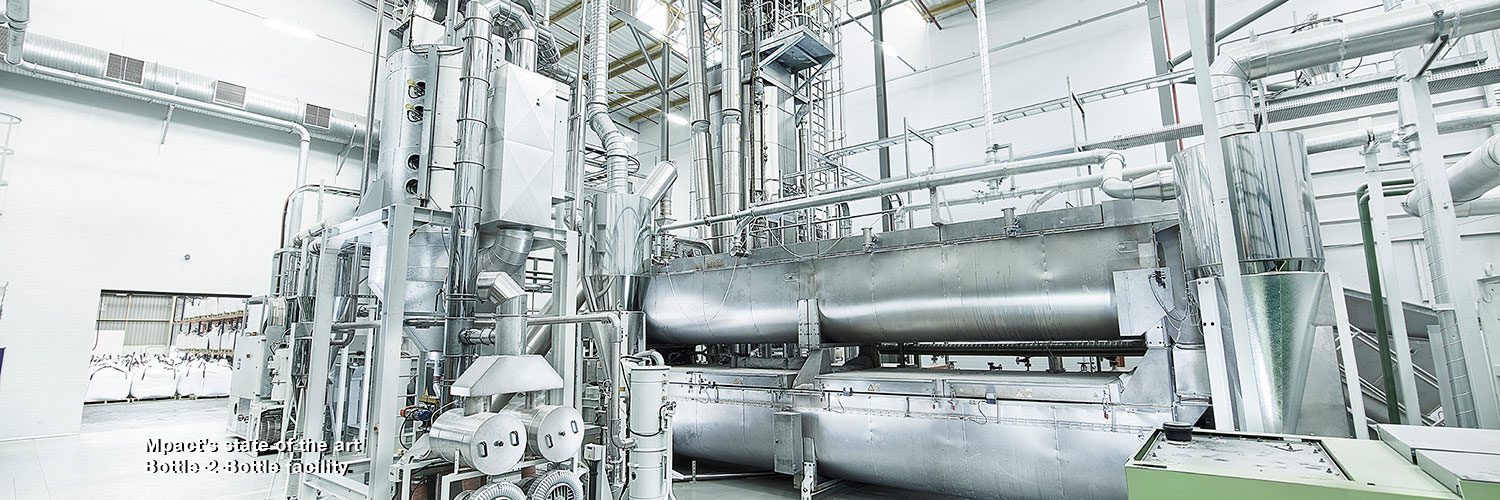
The Accommodation and Food Services Industry Sub-Sector of the Leisure and Hospitality Supersector
The Bureau of Economic Analysis’s latest Economic Report on the U.S. economy includes an analysis of the sources of costs in the Accommodation and Food Services Industry Sub-Sector. The Bureau also calculates how much money is spent by each industry in other industries. The largest industry that purchases services from the Accommodation and Food Services Industry Sub-Sector is professional and business services. While the total number of employment in this sector is large, wage gaps still exist.
Job zones in the accommodation and food services industry
The accommodation and food services industry is a subset of the leisure and hospitality supersector. It includes establishments that provide lodging as well as food and beverage services. Both activities are often combined within the same establishment. The attached map shows the job zones in the Boston area by size. The data is compiled and analyzed by the Boston Research Division. By using the …
The Accommodation and Food Services Industry Sub-Sector of the Leisure and Hospitality Supersector Read More




